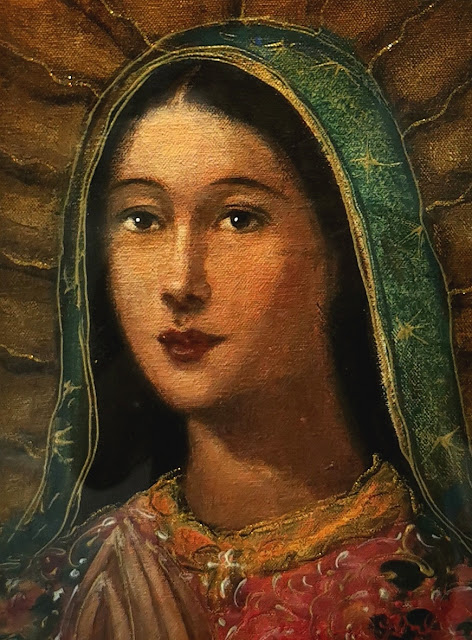"Le retour des Princes Français à Paris"

During the Bourbon restoration period, there were two quasi-official anthems in use at the time. The "popular" anthem was "Le retour des Princes Français à Paris", whose melody, composed by François-Henri Castil-Blaze, was a well-known piece of music at the time caleld "Vive Henri IV!" (the lyrics of the original song were mentioned in Tolstoi's work "War and Peace" and the melody also appears at the end of Tchaikovsky's "Sleeping Beauty" ballet). The royal anthem was "Où peut-on être mieux qu'au sein de sa famille" ("Where can we feel better than in our familly"), with words by Jean-François Marmontel and music by André Modeste Grétry (from his musical "Lucile"), used in the presence of the royal family. The anthem was in use from 1815 to 1830.
François-Henri-Joseph Blaze, known as Castil-Blaze (1 December 1784 – 11 December 1857), was a French musicologist, music critic, composer, and music editor.
Blaze was born and grew up in Cavaillon. He went to Paris to study law, but also to learn music, at the Conservatoire de Paris. After having passed several more years in Vaucluse (southeastern France), Castil-Blaze moved back to Paris.
A large part of his activities consisted of adapting French and foreign opera for different stages in French provinces. In these cases, Castil-Blaze adapted the libretto as well as the music. This arranging work was highly criticized, but Castil-Blaze claimed that this permitted part of the public to become familiar with opera.
Castil-Blaze is mostly known as a music critic. Beginning 7 December 1820, he published Musical Chronicles in the Journal des débats. In these irregularly-published chronicles (about 30 per year), Castil-Blaze seemed to take certain liberties. Most of the chronicles criticized the lyric works, but other were dedicated to thoughts about music, to composers' necrologies (Weber in 1826, Beethoven in 1828), or to concert reviews. Castil-Blaze wrote for the Journal des Débats until 1832, when he joined le Constitutionnel; he also collaborated in Fétis's Revue musicale (Paris, 1827), as well as other periodicals or reviews. He is without a doubt, in France, the first music critic to have studied music.
He is the author of various books and articles on the theory of music, music history, and the history of the theater. He started a series of three works dedicated to three great lyric theaters of Paris: Opéra National de Paris, the Comédie-Italienne, and the Opéra-Comique. He was only able to finish and publish the first two before his death; the third remains in manuscript and is at the Bibliothèque nationale de France. Today, these works arouse the interest of historians, but also their distrust, because they contain numerous anecdotes that cannot always be verified.
As a composer, Castil-Blaze mostly made arrangements, but he was also the author of several original works, particularly of sacred music, of which there are two high masses. Finally, he worked as an editor, first for his own literary and musical works, but he was not limited to this: he was among the editors of the works of Beethoven. He died in Paris in 1857.
Next: French anthem in use (1830-1848)
The postcard above shows the bust of Francois Castil-Blaze, the anthem composer.






